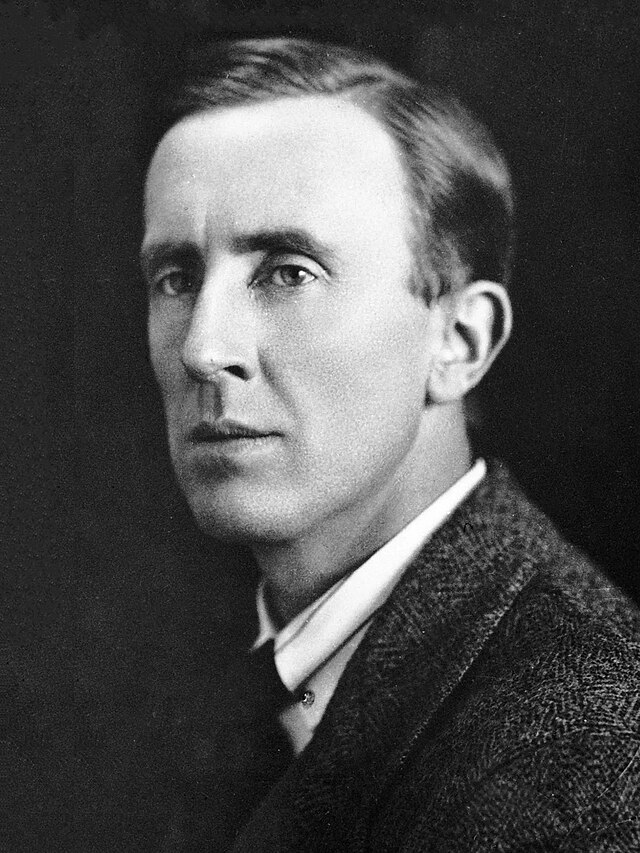
In no circumstances will I agree to being photographed again for such a purpose. I regard all such intrusions into my privacy as an impertinence, and I can no longer afford the time for it. The irritation it causes me spreads its influence over a far greater time than the actual intrusion occupies.
I have finished, at last, The Letters of J. R. R. Tolkien. (I recommend this revised and expanded edition, not the one I read – which is marred by numerous typographical errors and wrongly hyperlinked notes. I found the book, nonetheless, informational, fascinating, and (occasionally) moving.
The main impression it leaves me with, though (I’m afraid), is that (having read this book as well as C. S. Lewis’ complete correspondence) all in all, I’d rather have spent time with “Jack” Lewis than with Tolkien. Lewis was – if only through self-discipline – a more easygoing man, more inclined to suffer fools (like me). This was indeed one of Tolkien’s criticisms of his friend – Lewis was always letting people take advantage of him.
Tolkien, on the other hand, seems to have been rather tetchy. He was thin-skinned and protective of his turf. I get the impression that he nursed a grudge all his life against the Protestants around him, despite having many Protestant friends. He blamed their persecutions, in part, for the early death of his mother, an RC convert. He resented being made to feel like an outsider in his own, beloved country.
Of course, knowing a man’s letters is different from knowing the man. Much of Tolkien’s correspondence deals with business – teaching at Oxford and communicating with his publishers. He was forever behind in his work – he spent decades finishing The Lord of the Rings, and further decades trying to put the Silmarillion in shape, promising his publisher all the way that he’d get back to them as soon as he was finished with grading essays or handling domestic emergencies. (The Silmarillion was finally published after his death.) No doubt the prolonged stress contributed to his occasional short temper.
I was, of course, intrigued by what we learn here of his relations with the other Inklings. I was especially surprised by his early references to Charles Williams, which were more positive than I’d expected. I’d understood that Tolkien mistrusted Williams, but he seems to have gotten along well with him. But he explains this in a long 1965 letter:
I knew Charles Williams only as a friend of C.S.L. whom I met in his company when, owing to the War, he spent much of his time in Oxford. We liked one another and enjoyed talking (mostly in jest) but we had nothing to say to one another at deeper (or higher) levels.
He goes on to say of “Jack” himself:
But Lewis was a very impressionable man, and this was abetted by his great generosity and capacity for friendship. The unpayable debt that I owe to him was not ‘influence’ as it is ordinarily understood, but sheer encouragement. He was for long my only audience. Only from him did I ever get the idea that my ‘stuff’ could be more than a private hobby.
The Letters of J. R. R. Tolkien is well worth reading for any fan of The Lord of the Rings. It will take some time getting through it, but it’s worth it.






